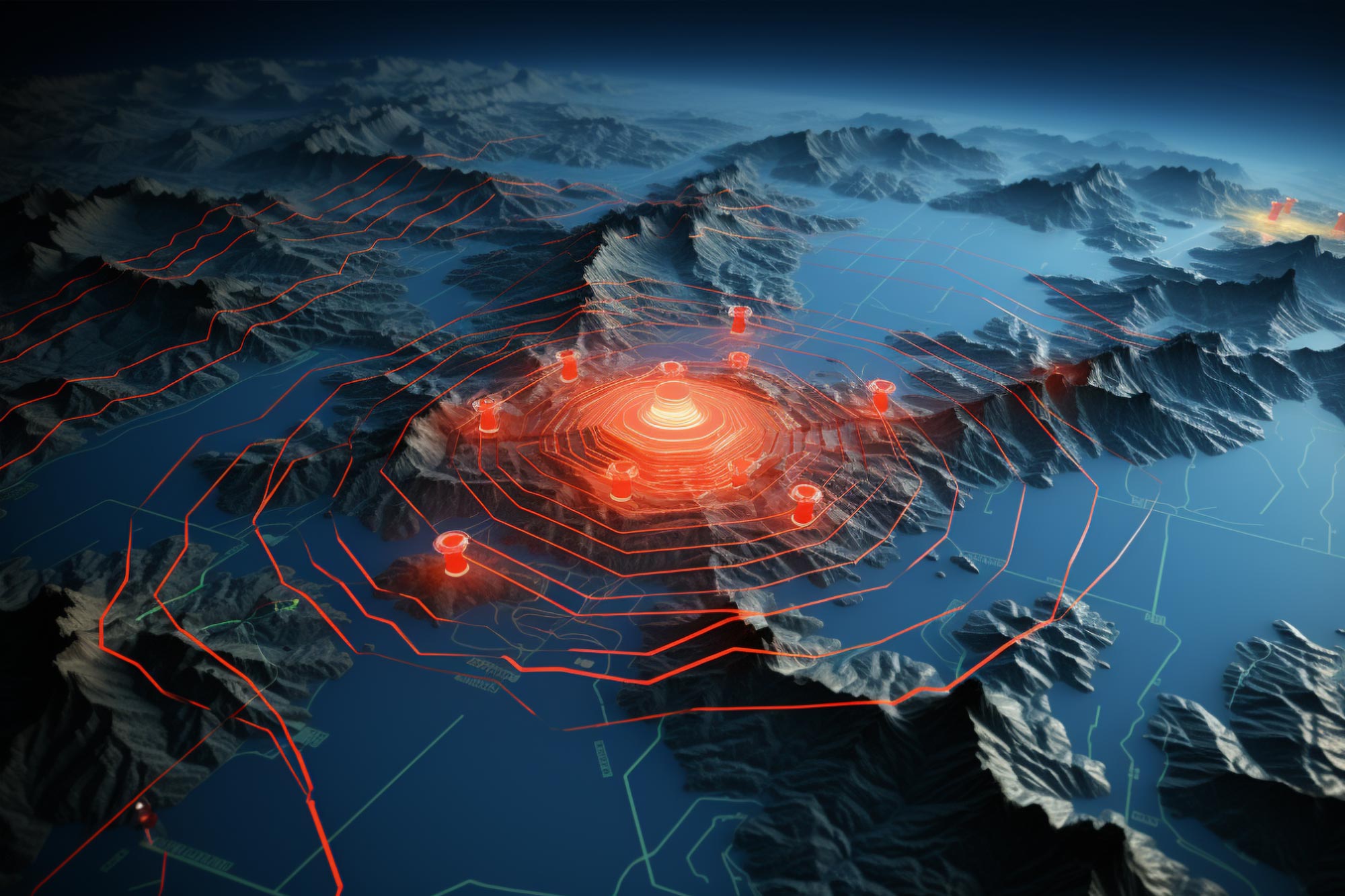A new study highlights the potential of satellites in detecting early indicators of earthquakes through anomalies in the ground, atmosphere and ionosphere, suggesting the possibility of predicting earthquakes earlier than previously thought. Professor Mehdi Akhoondzadeh’s research, which analyzed satellite data from recent earthquakes near the Turkey-Syria border, identified significant anomalies in the precursors that occurred up to 19 days before the events. These findings could pave the way for the development of advanced earthquake warning systems that minimize false alarms and increase the reliability of predictions. Credit: SciTechDaily.com
Research identifies distinct electromagnetic anomalies from a variety of satellite data, potentially aiding the development of earthquake early warning systems.
This is evident from a new study by De Gruyter Journal for Applied GeodesyEarthquakes can give away their impending presence much earlier than previously thought, due to a variety of anomalies in the ground, atmosphere and ionosphere that can be detected using satellites.
Developing early warning systems for earthquakes could be very helpful in preventing death and destruction. One such proposed technique involves using satellites to monitor a variety of physical and chemical parameters in the ground, the atmosphere and the layer of charged particles that exist above it, the ionosphere.
Challenges in detecting earthquake precursors
Such anomalies are known as precursors to earthquakes, and while researchers are aware of them, it has been difficult to definitively identify a pattern of so-called red flags that could indicate an impending earthquake. This is due to the complexity of interactions between precursors and their variability in different earthquakes and geographic regions. However, with each earthquake that researchers analyze using increasingly sophisticated satellite technology, these patterns slowly emerge.
Professor Mehdi Akhoondzadeh of the University of Tehran reviewed a variety of satellite data from the lead-up to and aftermath of two earthquakes that occurred on February 6, 2023 near the Turkey-Syria border. This included data from the Chinese seismo-electromagnetic satellite CSES-01 and the Swarm satellite mission consisting of three satellites from the European Space Agency.
Observations of anomalies before earthquakes
Remarkably, he observed anomalies in land surface temperatures in the earthquake zone as early as 12 to 19 days before the earthquakes, and anomalies in atmospheric parameters between 5 and 10 days before the earthquakes. These include measurements of water vapor, methane levels, ozone and carbon monoxide.
When Professor Akhoondzadeh examined anomalies in the ionosphere, including measurements of parameters such as electron density and electron temperature, he found clear and noticeable anomalies 1 to 5 days before the earthquakes.
The times the anomalies became visible in the ground, atmosphere, and ionosphere, respectively, suggest that these signals originated in the ground and eventually became visible at higher levels in the atmosphere and ultimately in the ionosphere.
Studying these phenomena could pave the way for earthquake early warning systems, but researchers will need to assess other earthquakes in the future to better understand these patterns.
“Using CSES-01 satellite data, anomalies in the ionosphere preceding the earthquakes in Turkey on February 6, 2023 have been discovered for the first time,” said Professor Akhoondzadeh. “Studying anomalies associated with multiple earthquake precursors reduces uncertainty in detecting true anomalies and could be effective in creating earthquake warning systems with a low false alert rate.”
Reference: “Analyzing data from the first Chinese seismo-electromagnetic satellite (CSES-01) along with other earthquake precursors related to the Turkey earthquakes (February 6, 2023)” by Mehdi Akhoondzadeh, May 16, 2024, Journal for Applied Geodesy.
DOI: 10.1515/jag-2024-0024
